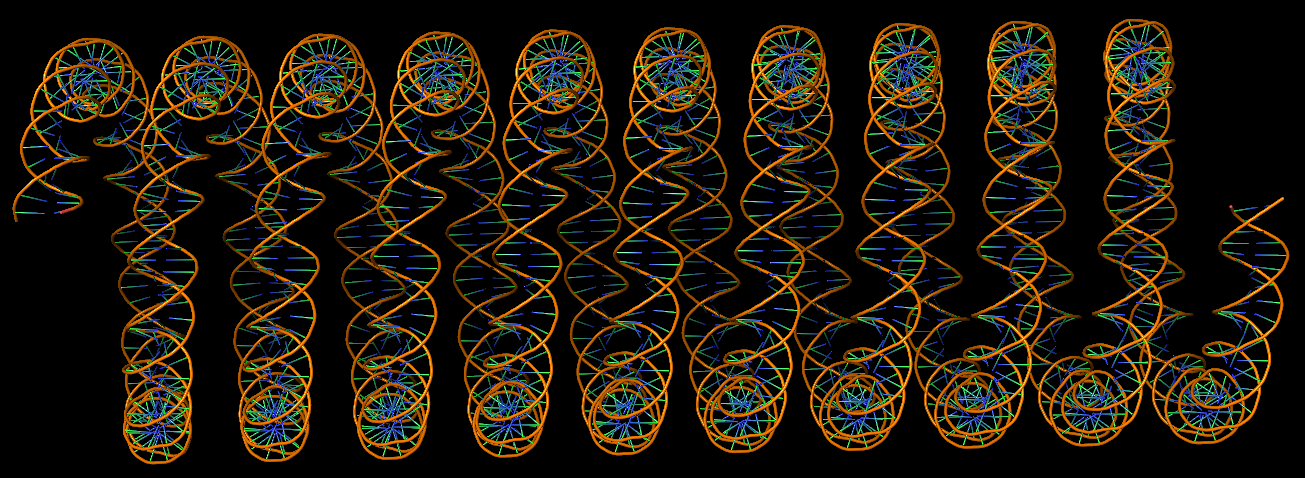151
RNA structures (DSSR) / Re: nt_ids for residues i+1 and i-1
« on: February 19, 2021, 11:01:07 am »
Hi Brinda,
Thanks for your request for a new feature in DSSR. Without funding support, I am not able to devote time/effort to new features to DSSR Basic other than bug fixes. Further development and user support are thus being committed to DSSR Pro version only.
Best regards,
Xiang-Jun
Thanks for your request for a new feature in DSSR. Without funding support, I am not able to devote time/effort to new features to DSSR Basic other than bug fixes. Further development and user support are thus being committed to DSSR Pro version only.
Best regards,
Xiang-Jun





